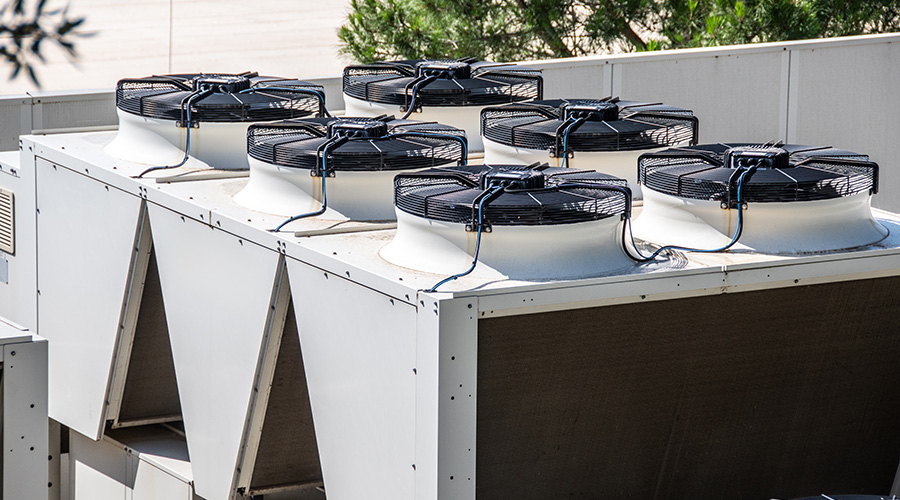Commissioning HVAC Systems Can Reveal Ways to Save Energy and Money
Pundits and politicians alike have declared the recession over. That may be good news, but it doesn't necessarily mean that the belt-tightening is through.
Organizations continue to look for ways to trim costs without incurring significant expenses. For facility managers, that means turning a sharp eye and a red pen to operating costs. Given its impact on the bottom line, the HVAC system is an especially important target. In today's business climate, the winning projects are often low-cost fixes or more costly projects that are worth the expense because of a rapid payback.
One strategy to consider is commissioning. Most facility managers have heard of the term, though more than a few might be hard-pressed to define exactly what commissioning is and what it can do.
Evan Mills, a staff scientist at the Lawrence Berkeley National Laboratory (LBNL), has studied the potential of commissioning extensively and calls it an "enigmatic practice whose visibility severely lags its potential."
Although commissioning is not limited to HVAC systems, those systems — both software and hardware — are the foundation for commissioning.
When applied to existing buildings, Mills notes, commissioning identifies the almost inevitable "drift" from where things should be and puts the building back on course.
Another similar definition comes from BetterBricks: "Commissioning is a process to evaluate performance and identify fixes, but not a fix in itself," according to Janice Peterson, manager of the Northwest Energy Efficiency Alliance's BetterBricks' building operations program.
Mills further says that commissioning is a systematic, forensic approach to quality assurance, rather than a technology — and that's no small distinction for facility managers.
Neither is the potential savings that result from commissioning a small distinction for facility managers. According to a study commissioned by LBNL, the median normalized cost to deliver commissioning was $0.30 per square foot for existing buildings. What do facility managers get for the money? The commissioning projects in the LBNL study revealed more than 10,000 energy-related problems, resulting in 16 percent median whole-building energy savings. HVAC systems, of course, will be a constituent slice of that energy-savings pie.
According to the LBNL report — which examined hundreds of buildings across the U.S. — cash-on-cash returns for existing buildings is upwards of 91 percent, and in the mid-20s for new buildings. Overall payback time in existing buildings was 1.1 years, and 4.2 years in new construction. When segmenting out HVAC concerns only, payback time is still 1.6 years in existing buildings. Nearly 99 million square feet of building space was part of the study, with more than 90 million square feet of that space in existing buildings.
"These findings demonstrate that commissioning is arguably the single-most cost-effective strategy for reducing energy, costs and greenhouse gas emissions in buildings today," Mills says. He also notes that energy savings tend to persist at least over a three- to five-year span, if not longer.
Individual findings can vary greatly. Laurie Gilmer, an associate at Facility Engineering Associates, says she has found that commissioning can net between 5 and 20 percent savings for an organization.
Building System Operations Map
Once the commissioning process restores the HVAC system (and other systems within a facility) to their original design specifications, developing a building system operations map to dig a bit deeper should be the next step.
Specifically, an operations map examines current conditions and building uses. It should identify major energy-using systems and occupancy types by area. It then focuses on optimizing setpoints and scheduling to achieve efficiency improvements, with the end goal of precisely matching energy systems to actual use.
"Developing the map requires reviewing utility bills, as-built drawings, and sequences of operations," says Peterson. "That includes interviewing building operations and maintenance staff and reviewing systems and equipment with a focus on targeting particular HVAC systems for potential energy savings."
Gilmer says that the process of finding the right setpoints and scheduling can yield lots of "little gems" in building operation.
"Things like finding a sequence of control that was supposed to be initiated but never was," she says. "It's a simple matter of adjustment to bring the system on at appropriate times and, when that's done, the savings can really add up."
Related Topics:












